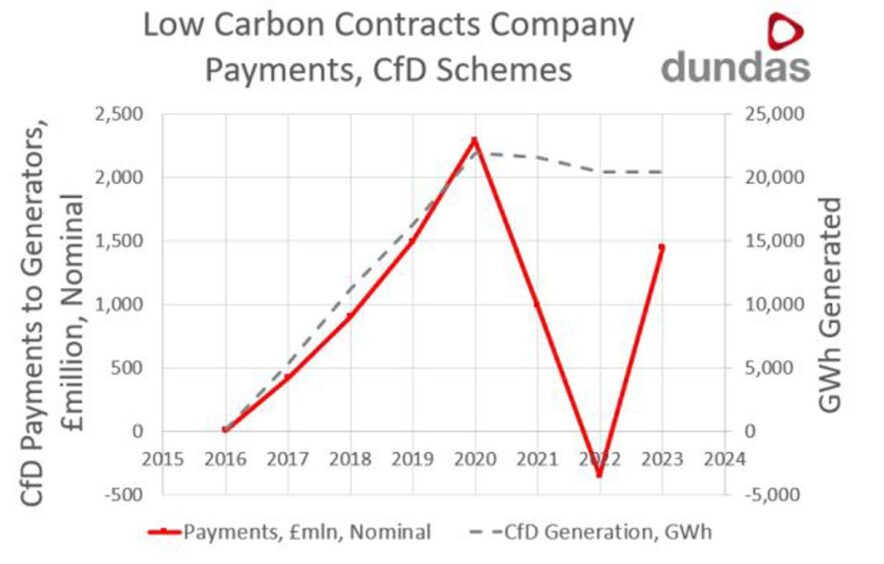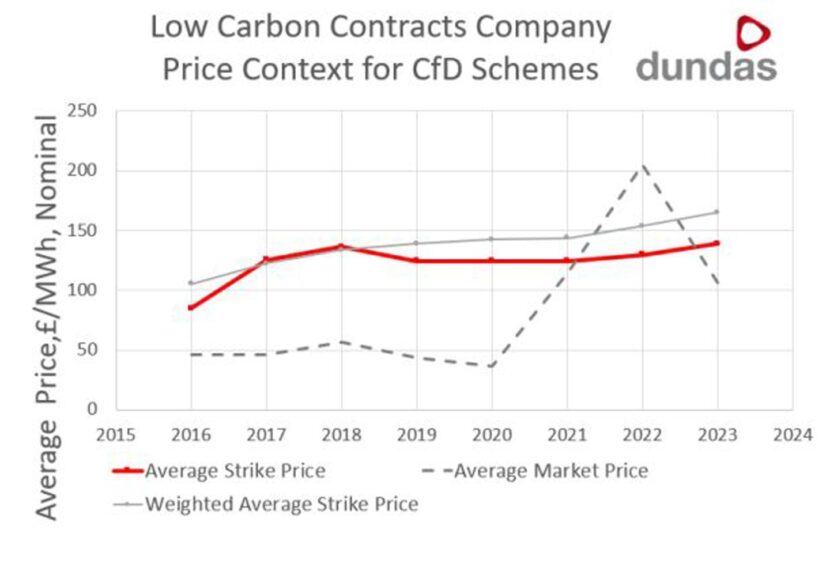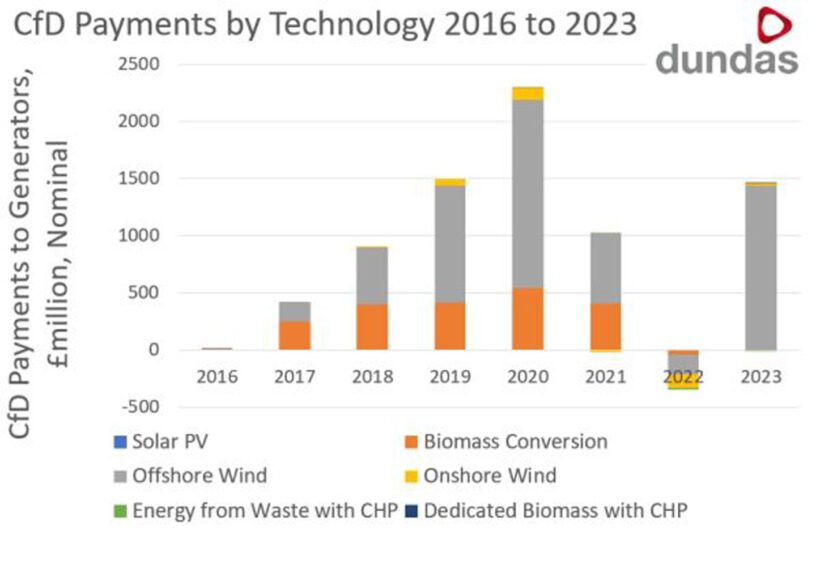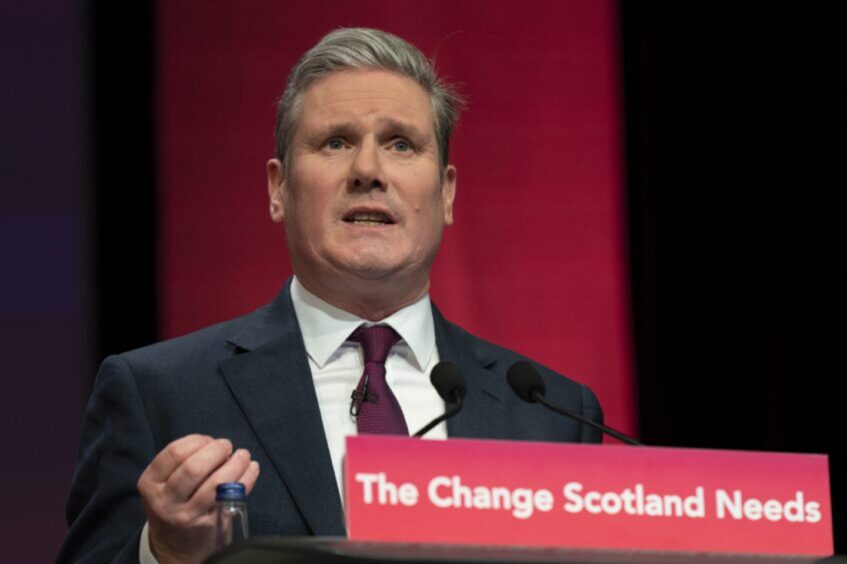CfD payments exceed £8 billion since 2016

Dundas Consultants has found that over £8 billion in renewable energy subsidies have been distributed through the Contract for Difference (CfD) system, even though over 80 percent of projects have still not received funding.
The CfD Round serves as a financial support mechanism for renewable energy projects in the UK.
The Low Carbon Contracts Company (LCCC), a government-owned independent limited company, now manages subsidies for low-carbon power generation projects that have successfully secured support under the UK Allocation Rounds (AR).
Of the 238 projects that have been successful since the CfD program was introduced in 2014, only 45 have received a payment.
Nevertheless, “the framework has achieved its objective of directing private capital into renewable energy,” said Richard Woodhouse, managing director of Dundas Consultants.
Woodhouse added: “Over 80% of projects have not yet received payments – this is due to both price levels and project maturity, meaning many projects are not yet operational.
“It is therefore to be expected that the risk of possible subsidy payments will increase significantly with the completion of further projects.
“Ultimately, the level of future subsidies will depend on policy, technology and markets. The government must decide on the allocation of subsidy programs, including CfD, based on evolving energy policy.”
Renewable energies feel the wind of change
Since the first CfD payments in 2016, the LCCC’s annual subsidy expenditure has increased rapidly, reaching a peak in 2020 when it reached around £2.3 billion over a 12-month period.
From 2016 to 2022, the electricity price guaranteed to developers – the so-called strike price – was about 2.5 times higher than the market price.
After 2022, the market price exceeded the strike price and the project developers had to repay the difference in proceeds, according to the company, which offers training on the economics of renewable energy projects.
Woodhouse added: “Technological developments have the potential to reduce the price per unit of energy generated, for example with floating offshore wind turbines.
“However, regulated and unregulated markets can have large and rapid impacts on current and future CFD contracts.
“This may be due to changes in electricity prices and the costs associated with development projects – particularly in wind power, cost pressures on hardware and construction services have increased sharply.
“In addition, the cost of capital for developers of all projects has increased dramatically during the period of the CfD framework.”
Recovering from an AR5 failure
Offshore wind energy did not win any successful contracts in last year’s CfD tenders because the price was too low and the energy generation had to compete with cheaper technologies.
Like much of the economy, the offshore wind sector is heavily impacted by inflation. This not only increases the cost of materials such as steel and the services required to complete projects, but also the cost of capital and financing to fund them.
This was just one of the reasons cited by the industry in AR5, the results of which were announced last September, for the lack of successful bids for offshore wind projects.
Since then, strike prices for some energy sources have been increased to make them more competitive and market-driven.
The price jumped from £44/MWh to £73/MWh and rose 52% for floating offshore wind projects, from £116/MWh to £176/MWh in the run-up to AR6 later this year.
The total budget for AR6 will, as it stands, include funding of just over £1 billion from each financial year from 2027/28 to 2029/30, plus an additional £905 million in 2030/31.
Last week, new Prime Minister Keir Starmer announced that his party was considering increasing subsidies for offshore wind developers even further at the upcoming auction.
“The applications for AR6 are currently being reviewed and the Secretary of State will then carefully consider whether to increase the budget,” wrote a spokesman for the Department of Energy Security and Net Zero.
This is an attempt to promote the expansion of wind energy in order to meet the country’s high demands for this renewable energy source.
recommended for you


 © Provided by Dundas Consultants
© Provided by Dundas Consultants © Provided by Dundas Consultants
© Provided by Dundas Consultants © Provided by Dundas Consultants
© Provided by Dundas Consultants © Supplied by –
© Supplied by –

